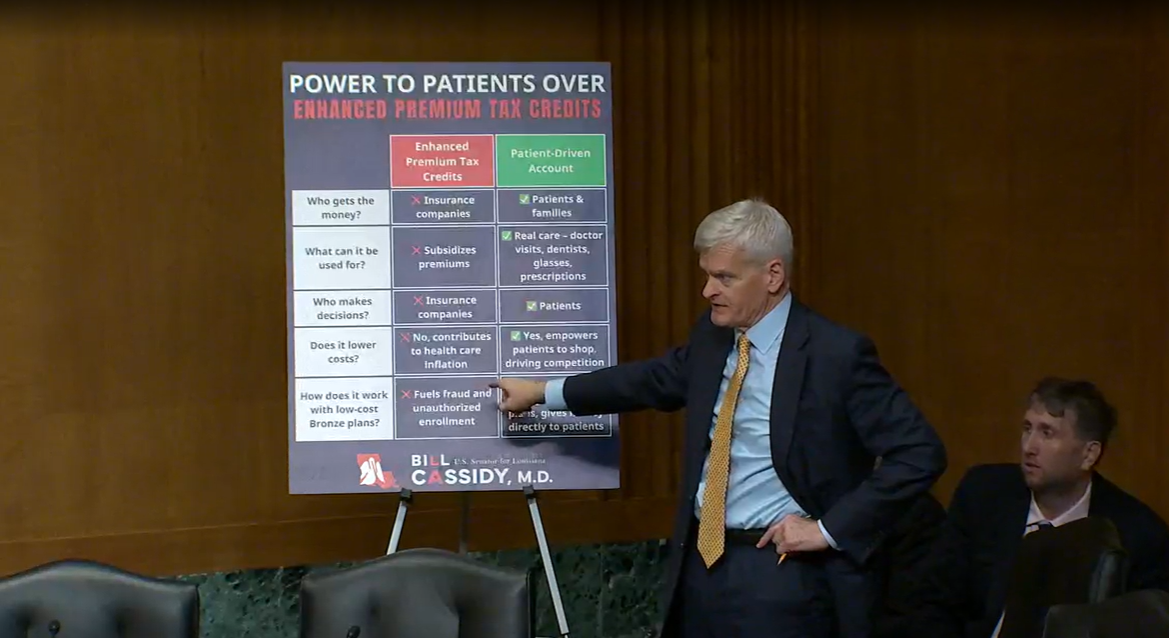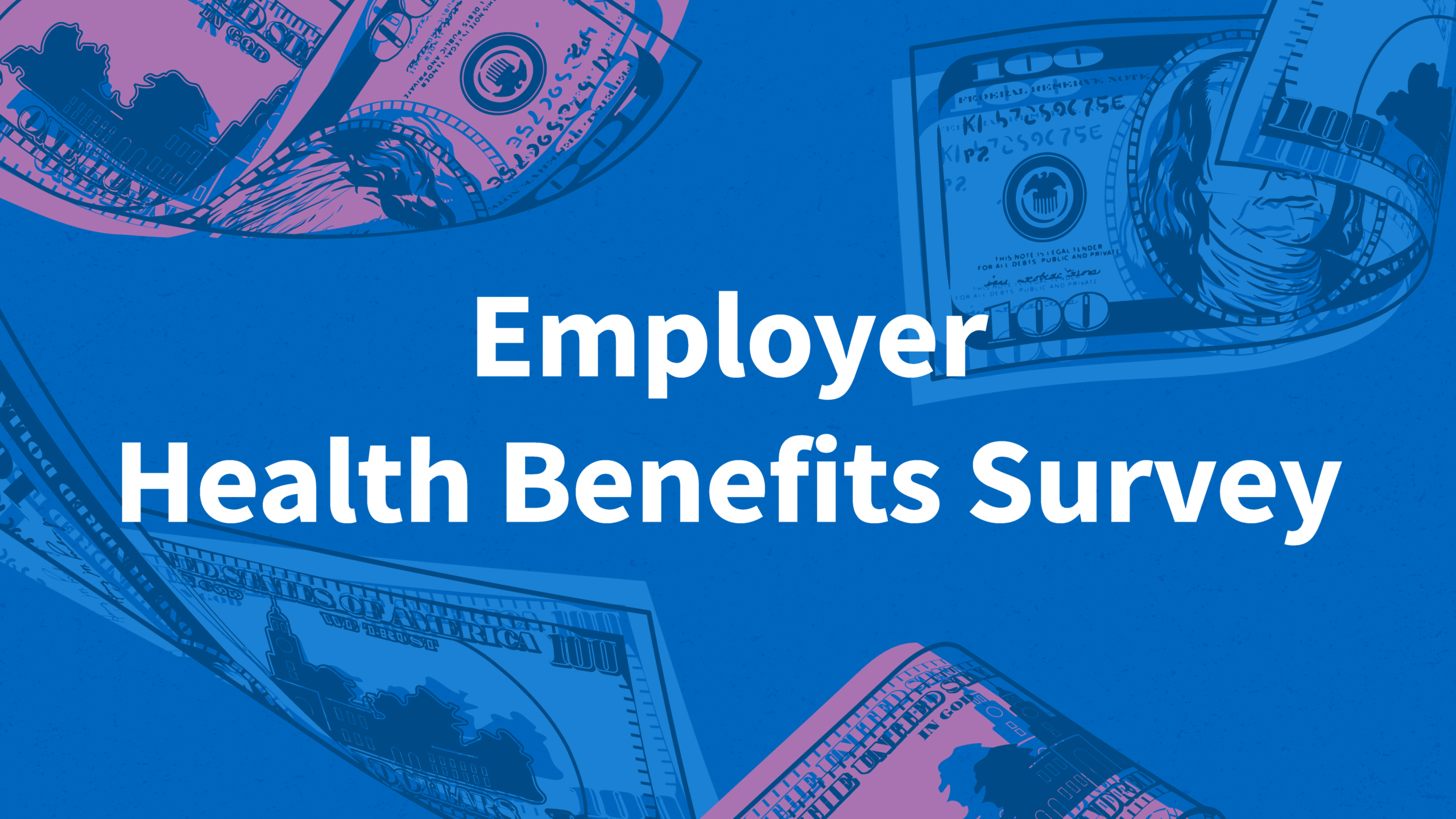An insurer the size of UnitedHealthcare has a treasure trove of data, and that’s one of the driving factors in the insurance giant’s approach to artificial intelligence.
Craig Kurtzweil, chief data and analytics officer for UnitedHealthcare’s commercial business, told Fierce Healthcare in an interview that between member claims, information flowing through its call centers and interactions through its digital member experience, data is the connective tissue for much of its work.
“Across the board, there’s data pulsing,” Kurtzweil said. “It’s the engine that drives a lot of the work we do as a company, and the new versions of technology, AI and so on just have a tremendous opportunity for us to make some pretty significant improvements to a bunch of different areas.”
There are hundreds of AI deployments across UnitedHealthcare’s parent company UnitedHealth Group, and Kurtzweil said that the team is digging into solutions across the board, from internal processes to affordability to the member experience with its services.
For example, earlier this year, the insurer unveiled Smart Choice, a tool that aims to make it easier for members to search for providers. The tool is available through both UHC’s member app and website, and leans on AI to match members to in-network providers that meet their specific preferences, such as distance, language, gender and appointment availability.
The results also surface cost estimates based on in-network rates, giving members a better picture of what their costs may look like. UHC has found so far that the platform saves $123 per provider visit on average when the patient uses Smart Choice.
Smart Choice also offers quality data on different providers, which is based on UHC’s premium provider designation algorithm. That algorithm pulls quality information from key professional societies to track provider performance based on claims data.
Kurtzweil said that the tool is designed to surface key data but focuses on the information that’s most relevant to the member at the point they need it most.
“Quality needs to be paramount as part of that,” he said, “but let the consumer add more variables as they’re shopping. Let’s make it a choice that makes sense for them.”
The team is also finding key solutions for its call centers to make those interactions more fruitful. Kurtzweil said it wasn’t uncommon to discover that members who called often asking for information about their benefits and network providers were also the ones the team was trying to reach about new offerings.
AI can make those conversations even more powerful, he said. The tech surfaces to call center teams the top solutions that may benefit the member based on the data available on them, and having that information readily available makes it easier for the workers to really focus on their conversation with the member.
AI can also assist in transcribing the calls, further freeing up the call center teams to have genuine interactions with the members, he said, adding that customers can recognize when they don’t have the complete attention of the person they’re speaking with.
“If you were talking to the advocate, you’d hear in the background, I was typing, typing, typing, and you can’t have a good conversation if that’s what you’re doing,” Kurtzweil said. “And AI now can help us dictate what’s happening as part of those conversations, so that we can truly have a human experience, versus constantly multitasking in three different ways.”
Experimenting with AI requires an ethical foundation that accounts for gaps or biases in the data as well as hallucinations. UnitedHealth Group deploys guiding principles for the responsible use of AI across its enterprise.
For example, the team is committed to transparency, ensuring that AI use cases are readily explainable, and privacy and security for its data sources. Its teams are also held accountable for the ways they’re using the technology, according to the principles.
Kurtzweil added that AI programs have to go through multiple layers of testing and approval to catch bias and other potential issues.
“Within our space, it’s really, really important to make sure you have that structure in place,” he said. “It can go wrong, and you need to make sure you have the right people looking over this.”
Publisher: Source link









